The novel "The Red Sorghum Family" by famous Chinese writer Mo Yan was adapted into a feature film by director Zhang Yimou in 1987, under the name "Red Sorghum".
 |
| Director Zhang Yimou and Gong Li while making Red Sorghum. |
The film won many major awards, including the prestigious Golden Bear at the Berlin International Film Festival... helping Chinese cinema step out into the world . Red Sorghum is a spectacular film adaptation that filmmakers still admire today.
The film takes the countryside of Gaomi, Southern China, with its vast, red sorghum fields as the setting. The story takes place in the 1920s and 1930s, right around the time Japan began to invade China and the people there stood up to fight back fiercely with a tragic, indomitable spirit.
Regarding the novel "Hong Cao Luong Gia Toc", many literary theorists believe that with its fragmented and fragmented writing style, the book is very close to the stream of consciousness technique of modern literature.
Mo Yan does not recreate a past reality in the usual sense, but recreates a reality with legendary colors. Therefore, "Hong Gaoliang Family" exudes a romantic spirit and causes a bit of fantasy in the reader. Therefore, although the content is about war, the atmosphere of the story becomes calmer and gentler.
Such a narrative style is often difficult to translate into the “territory” of cinema. But Zhang Yimou and his screenwriters have overcome the barrier between literature and cinema in a spectacular way. The film’s sequences are very coherent, sometimes hidden, sometimes revealed, sometimes detailed, sometimes fleeting, creating co-creation for the audience.
In the film, the image of red sorghum fields from many angles, as the space for many large scenes, has become a cinematic technique as a background for the memories to be recreated.
In terms of dialogue, like many other excellent films, “Red Sorghum” is very sparing with words. One of Zhang Yimou’s great successes is to let the actors act with facial expressions, eyes, gestures…
Viewers have witnessed the eyes, facial expressions, from the look of secret infatuation of Cuu Nhi (played by Gong Li) when looking at Du Chiem Ngao's muscular bare back; from her pretended stern, angry expression, intentionally hiding her inner feelings when Du Chiem Ngao appeared at the winery...
Without a single line, the audience can still fully feel the character's true psychology. We often see this kind of acting scattered in many scenes.
Another success of “Red Sorghum” is the use of the main color tone in the film. The color that brings the deepest aesthetic feelings to the audience is red: the red of the palanquin, clothes, scarves, bride’s shoes… Then the red of the sorghum flowers, the road, the sky, the wine…
Most notable is the red color at the end of the film, the scene where Du Chiem Ngao and his father survived, their eyes were filled with fire as they looked up at the sky, then suddenly a blood-red color dominated the screen, creating a painful, tragic but also extremely indomitable scene.
The color red seems to speak for the filmmakers about the indomitable spirit of the people of Gaomi, people who, despite having to go through so much pain, never give up in the face of adversity or enemies... That is also the great idea of the authors in "Red Sorghum".
Source




























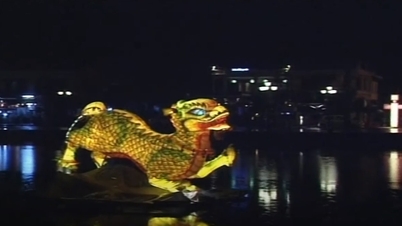
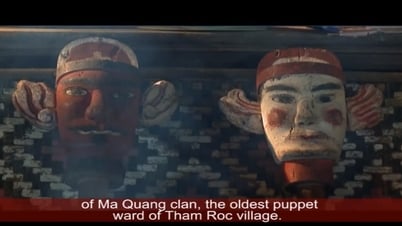



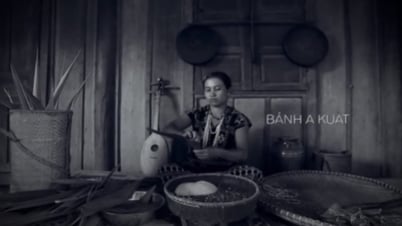

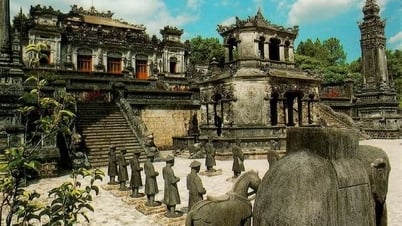


























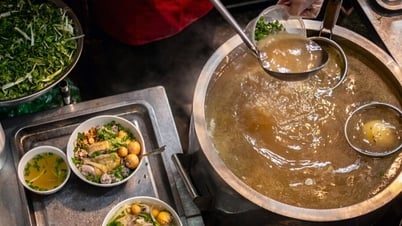














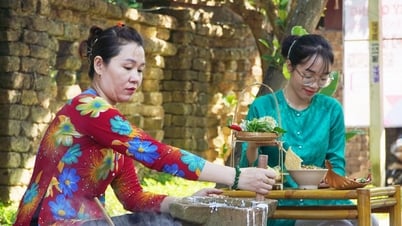











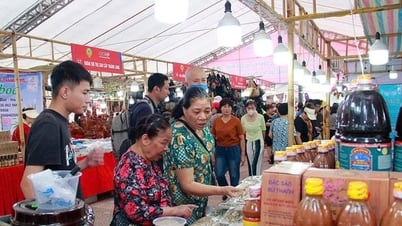






![[OCOP REVIEW] Tu Duyen Syrup - The essence of herbs from the mountains and forests of Nhu Thanh](https://vphoto.vietnam.vn/thumb/402x226/vietnam/resource/IMAGE/2025/6/5/58ca32fce4ec44039e444fbfae7e75ec)





Comment (0)